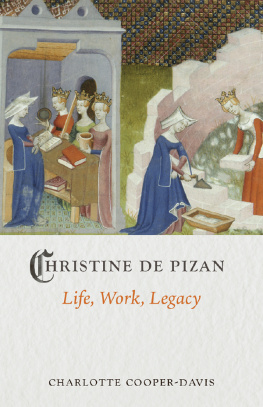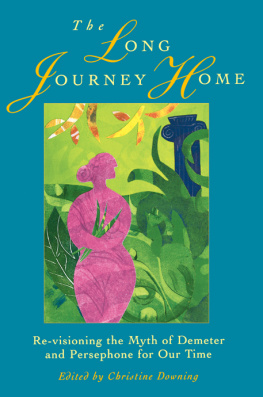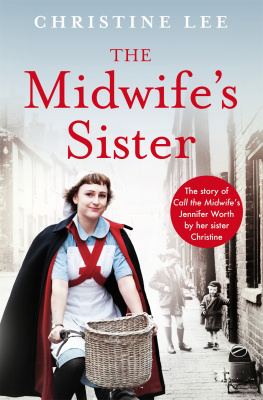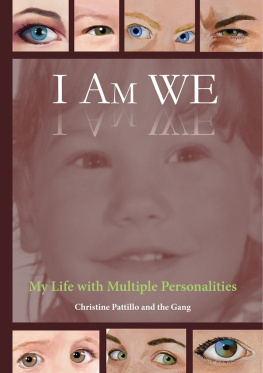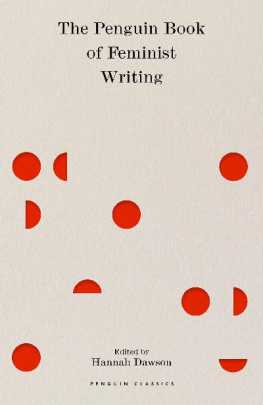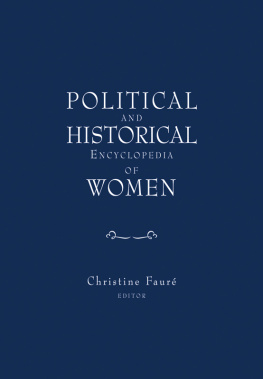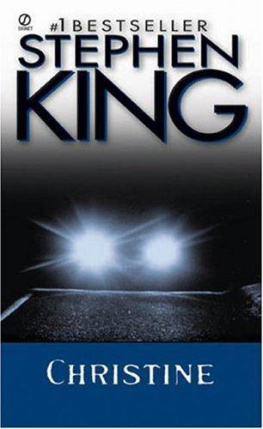
THE BOOK OF THE CITY OF LADIES
CHRISTINE DE PIZAN was one of the most remarkable and respected literary figures in the courts of medieval Europe, the more so for being the only professional woman writer of her time. She was born in Venice in 1364, but while still a child her family left Italy and went to the Court of Charles V of France, where her father, Tommaso da Pizzano, was court physician and astrologer. When she was fifteen years old she married the young nobleman and courtier Etienne de Castel. Her happiness was marred first by the death of Charles V in 1380, which led to the demotion of Tommaso da Pizzano, and then by the illness and death of the latter only a few years later. In 1390 Etienne de Castel also died, leaving his young widow with three children, her mother and a niece to support. Around 1399 Christine de Pizan turned to writing as a living and soon secured an enviable reputation for her lyric poetry. She went on to write with great success on moral issues; two of her major concerns were the need for peace and the role of women in society, but she also wrote with authority on public affairs and the art of government, as well as producing a highly acclaimed biography of Charles V. Her output was vast and she incorporated many autobiographical details into her poetry, making it an invaluable record of medieval life. Much of her work survives in lavishly illuminated manuscripts, for she enjoyed influential patronage throughout her career. The outbreak of civil war in France prompted her to take refuge in a convent in 1418, where she remained until her death some time around 1430.
ROSALIND BROWN-GRANT took her BA and Ph.D. at the University of Manchester and is now Lecturer in French at the University of Leeds, where she specializes in medieval literature. She has published numerous articles on Christine de Pizan and is the author of Reading Beyond Gender: Christine de Pizan and the Moral Defence of Women.
CHRISTINE DE PIZAN
The Book of the
City of Ladies
Translated and with an introduction and notes by
ROSALIND BROWN-GRANT
PENGUIN BOOKS
PENGUIN BOOKS
Published by the Penguin Group
Penguin Books Ltd, 80 Strand, London WC2R 0RL, England
Penguin Putnam Inc., 375 Hudson Street, New York, New York 10014, USA
Penguin Books Australia Ltd, 250 Camberwell Road, Camberwell, Victoria 3124, Australia
Penguin Books Canada Ltd, 10 Alcorn Avenue, Toronto, Ontario, Canada M4V 3B2
Penguin Books India (P) Ltd, 11 Community Centre, Panchsheel Park, New Delhi 110 017, India
Penguin Group (NZ) Ltd, Cnr Airborne and Rosedale Roads, Albany, Auckland, New Zealand
Penguin Books (South Africa) (Pty) Ltd, 24 Sturdee Avenue, Rosebank 2196, South Africa
Penguin Books Ltd, Registered Offices: 80 Strand, London WC2R 0RL, England
www.penguin.com
Published in Penguin Books 1999
10
Introduction, Notes and Translation copyright Rosalind Brown-Grant, 1999
All rights reserved
The moral right of the translator has been asserted
Except in the United States of America, this book is sold subject
to the condition that it shall not, by way of trade or otherwise, be lent,
re-sold, hired out, or otherwise circulated without the publishers
prior consent in any form of binding or cover other than that in
which it is published and without a similar condition including this
condition being imposed on the subsequent purchaser
EISBN: 9780141907581
ACKNOWLEDGEMENTS
I would like to thank various friends and colleagues for kindly giving me their help and advice: Roy Gibson, Eric Hicks, Angus Kennedy and James Laidlaw. I am particularly grateful to Milly Nettleton for her invaluable help with the layout of the typescript and to Steve Rigby for his constant willingness to comment on drafts of the text, essay and glossary. The above are, of course, absolved of all responsibility for what follows.
CONTENTS
.
.
.
.
.
.
.
.
.
.
.
.
.
.
.
.
.
.
.
.
.
.
.
.
.
.
.
.
.
.
.
.
.
.
.
.
.
.
.
.
.
.
.
.
.
.
.
.
Here begins the second part of the Book of the City of Ladies which recounts how and by whom the houses and buildings were constructed inside the enclosure walls and how the City was filled with inhabitants.
.
.
.
.
.
.
.
.
.
.
.
.
.
.
.
.
.
.
.
.
.
.
.
.
.
.
.
.
.
.
.
.
.
.
.
.
.
.
.
.
.
.
.
.
.
.
.
.
.
.
.
.
.
.
.
.
.
.
.
.
.
.
.
.
.
.
.
.
.
Here begins the third part of the Book of the City of Ladies, which explains how and by whom the high turrets of the towers were finished off, and which noble ladies were chosen to dwell in the great palaces and lofty keeps.
.
.
.
.
.
.
.
.
.
.
.
.
.
.
.
.
.
.
.
INTRODUCTION
Virginia Woolf famously remarked that the most vital ingredient of literary creativity was neither genius nor inspiration, but quite simply a room of ones own. To her mind, authors could not produce anything of value if they had no place in which to cut themselves off from the cares and duties of their daily existence so as to dedicate themselves to their writing. In Woolf s opinion, it was for this reason that fewer women than men appear in the canon of famous authors, particularly in the period prior to 1700. Being financially dependent on men and bearing almost exclusive responsibility for the household, women had few opportunities to shut themselves away from the rest of the world and to create works of art. Moreover, for Woolf, this lack of a tradition of women writers itself acted as a further brake on the female imagination. Unlike male authors, who always had literary forefathers against whom to measure themselves, prospective female authors were unable to think back through their mothers in order to assert their ideological and aesthetic independence from them.
Yet the work of recent feminist scholars suggests that Woolf may have been too pessimistic in her assessment of the obstacles confronting female creativity in the pre-modern period. Thanks to their endeavours, a lost literature by women of previous generations is now starting to be recovered. For the Middle Ages in particular, a period which Woolf dismissed as being one of the least productive for female writers, an authoritative body of evidence now exists which suggests that women could frequently overcome the obstacles which, to Woolf, appeared to be insurmountable.
Christine de Pizan (c. 13641430), an Italian by birth who lived most
Christine composed a number of texts in defence of women, the most important of which is Le Livre de la Cit des Dames (The Book of the City of Ladies) (1405). The misogynist portrait which he paints of womankind as depraved and malicious creatures so shocks and depresses Christine that she falls into a state of despair at being a member of such a sex.


